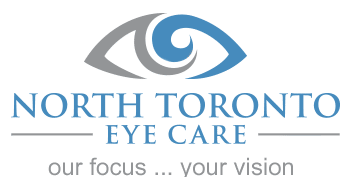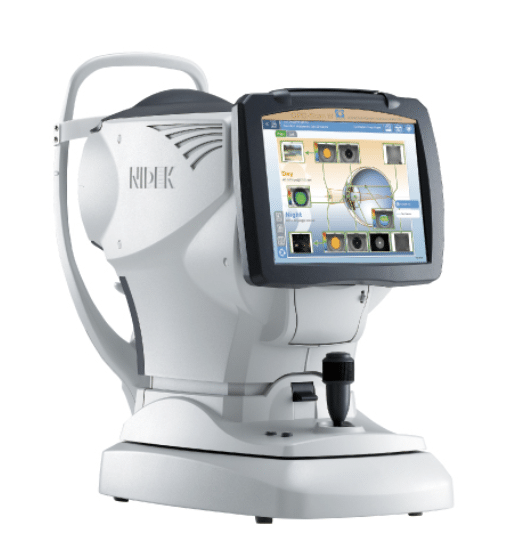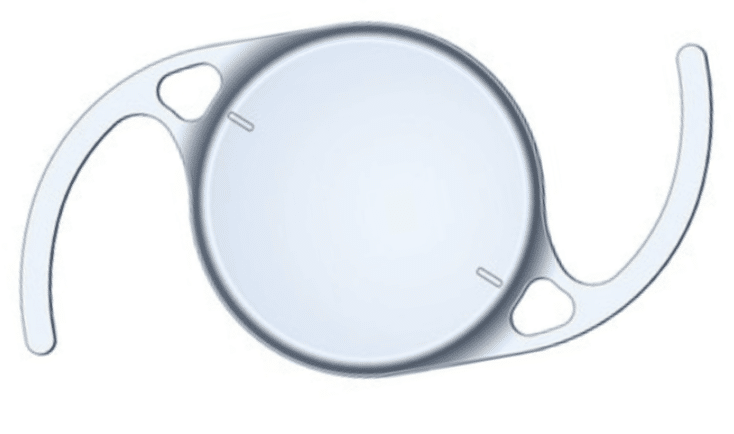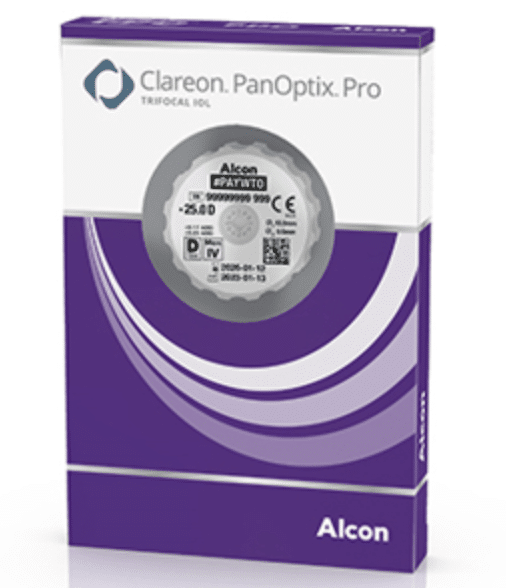Beyond Artificial Tears: Autologous Serum Eye Drops
cornea,Dry Eye,Eye Exam,Eye Health,Medical News,What's New
For millions of people, severe dry eye disease is more than a minor annoyance; it’s a chronic condition trapped in a debilitating feedback loop. For many, it isn’t just a lack of moisture; it’s a vicious cycle of tear instability and inflammation that standard treatments can’t break. Over-the-counter artificial tears often provide only fleeting relief…
Read MoreTechnology Spotlight: OPD Scan III
astigmatism,Cataract,cornea,Cross-Linking,Dry Eye,Eye Exam,Intraocular Lens,Keratoconus,Medical Technology
OPD Scan III is a multi-function imaging device that measures how light travels through the eye and maps the shape of the cornea, helping diagnose vision problems, plan cataract surgery, and monitor ocular surface disease and dry eye. It combines several tests into one quick, non-invasive scan, giving your eye doctor a “big picture” view…
Read MoreTepezza: A New Non-Surgical Treatment for Thyroid Eye Disease
Blepharoplasty,Dry Eye,Eye Exam,Eye Health,Featured,Medical News,Oculoplastics,What's New
Thyroid Eye Disease (TED) is a progressive, potentially sight-threatening condition often linked with Graves’ disease and other forms of hyperthyroidism. For many, TED leads to bulging eyes, double vision, discomfort, and even permanent disfigurement. Today, thanks to advances in treatment, patients have a promising non-surgical option—Tepezza (teprotumumab)—now available for suitable candidates.1 What is Thyroid Eye…
Read MoreProactive Eye Care for Older Adults: Reducing Risk of Falls
Cataract,Eye Exam,Eye Health,Featured,Glaucoma,Medical News,Retina
Falls among older adults are becoming increasingly common, particularly during snowy and icy winter conditions, and these incidents can lead to serious eye injuries as well as other forms of trauma. As Canada’s population ages, preventing falls and protecting eye health have become major public health priorities. Vision plays a critical role in maintaining balance,…
Read MoreFrustrated Patients and Dry Eye in Cataract Surgery
astigmatism,Cataract,cornea,Dry Eye,Eye Exam,Featured,Medical News,Presbyopia,Refractive Lens Exchange
The success of cataract surgery extends beyond simply achieving 20/20 vision. Patient satisfaction and optimal refractive outcomes depend significantly on maintaining a healthy ocular surface, making pre-operative dry eye management a critical component of comprehensive cataract care. At North Toronto Eye Surgical Centre, we recognize that addressing dry eye disease before cataract surgery is essential…
Read MoreChoose To Correct Astigmatism in Cataract Surgery
astigmatism,Cataract,Intraocular Lens,Refractive Lens Exchange
A toric intraocular lens (IOL) is specially designed to correct astigmatism during cataract surgery. Unlike standard monofocal lenses, toric IOLs have different optical powers and orientations on the lens, correcting for the irregular shape of the eye and focusing light more accurately on the retina. Key Benefits of Toric Lenses: For patients with 1.0 diopter or more of…
Read MoreLaser Vision Correction for Keratoconus?
cornea,Corneal Transplant,Cross-Linking,Eye Health,Keratoconus
Keratoconus (KCN) is a progressive eye disease affecting approximately 1 in 1,000 people, typically beginning in adolescence or young adulthood1. This condition causes the cornea to thin and bulge into a cone-like shape, resulting in blurred vision, sensitivity to light, glare, and significant quality-of-life impacts. At North Toronto Eye Care, advanced treatments like Corneal Collagen Cross-Linking (CXL)…
Read MoreTechnology Spotlight: OPTOS Imaging in Modern Retinal Care
Eye Exam,Eye Health,Featured,Retina,What's New
North Toronto Eye Care incorporates cutting-edge diagnostic tools that exceed standard OHIP-covered services. OPTOS multi-modal technology uses ultra-widefield imaging (UWF) and Fundus Autofluorescence (FAF) that provides eye care specialists with unmatched retinal visibility, enabling early intervention for diseases like diabetic retinopathy, age-related macular degeneration (AMD), and retinal tears.1 OPTOS utilizes scanning laser ophthalmoscopy to capture…
Read MoreExploring Solutions for Age-Related Eyelid Droop
Blepharoplasty,Eye Health,Featured,Medical News,Oculoplastics,What's New
UPNEEQ® is an FDA-approved prescription eye drop designed to temporarily lift droopy eyelids caused by weakened muscles in the upper lid.1 Its active ingredient, oxymetazoline, targets Müller’s muscle – one of the muscles involved in elevating the eyelid – causing it to contract and lift the lid by 1-2 millimeters.1,2 This effect typically begins within…
Read MoreThe Connection Between Obstructive Sleep Apnea and Glaucoma: What Every Patient Should Know
Eye Exam,Eye Health,Glaucoma,Medical News
Obstructive sleep apnea (OSA) and glaucoma may seem unrelated, but research has revealed a significant degree of connection between these two health conditions. For patients diagnosed with sleep apnea, understanding this relationship may be crucial for protecting your vision and eye health. What is Obstructive sleep apnea (OSA)? OSA is characterized by repeated episodes of…
Read More











